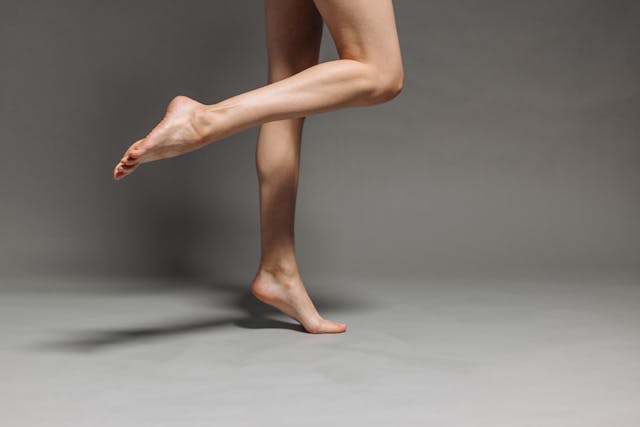Arthritis is a health concern that is used to describe over 100 diseases and can impact daily life. It can affect various joints, including the feet and ankles, with the most common disease affecting these lower limbs called osteoarthritis. Here is more information on this disease, its effects on the lower limbs, and the options available to manage its symptoms.
What Is Arthritis?
Arthritis is a term used to describe inflammation in the joints. It encompasses many different conditions, with osteoarthritis being among the most frequently diagnosed for the feet and ankles. Osteoarthritis often results from wear-and-tear over time, causing a deterioration of the joints.
Arthritis is characterized by chronic joint inflammation, which causes pain around these areas and decreased functionality. It affects the cartilage, tendons, ligaments, and other structures that make up the joint, impacting mobility and quality of life. Seeing a doctor can help diagnose and treat this condition.
What Are the Symptoms?
Arthritis symptoms can vary depending on the type and location, but the most common issues include joint pain, stiffness, swelling, and limited range of motion. These symptoms may start mildly and can worsen over time. When the feet and ankle joints are affected, individuals may notice difficulty walking, swelling around the ankle, and tenderness in the arch or heel of the foot. Joint stiffness may be more pronounced in the morning or after periods of inactivity.
What Are the Causes?
The causes of arthritis depend on its type. For osteoarthritis, factors like aging, previous joint injuries, excessive joint stress from repetitive motion, or being overweight increase the risk. Other contributors might include infections in the joints, underlying conditions such as gout, or biomechanical imbalances that add pressure to specific joints in the foot or ankle. No matter the cause, this condition can cause pain, and there are treatment options for relief.
How Does Arthritis Affect the Lower Limbs?
The feet and ankles contain over 30 joints, making them highly susceptible to arthritis. These joints bear the body’s weight, absorb impact, and support movement, which makes them vulnerable to wear and tear. Pain while walking, limited joint mobility, and visible deformities, such as bunions or hammertoes, are all potential outcomes if the condition progresses. Some individuals may find it difficult to stand for long periods or wear certain types of shoes due to swelling and pain.
What Are the Treatment Options?
Several treatment options aim to alleviate arthritis symptoms and improve mobility. Treatment plans are generally designed based on the severity of the condition and may include the following approaches:
- Non-Surgical Treatments: These involve lifestyle changes and footwear modifications to reduce joint stress. Anti-inflammatory medications or corticosteroid injections are often recommended to manage pain and swelling.
- Physical Therapy Programs: Guided exercises, such as stretching or low-impact activities, can improve strength and flexibility.
- Surgical Options: When arthritis severely limits daily function, surgery may be a beneficial option.
Consulting a healthcare provider is advised for a proper diagnosis and treatment plan.
Learn More Today
Arthritis affecting the feet and ankles can have a profound impact on everyday life. By understanding its causes, symptoms, and treatment options, individuals can take steps toward better joint health. If you’re experiencing joint pain or mobility issues, seek guidance now. Consult a healthcare professional or explore reputable resources to learn more about managing arthritis effectively.

